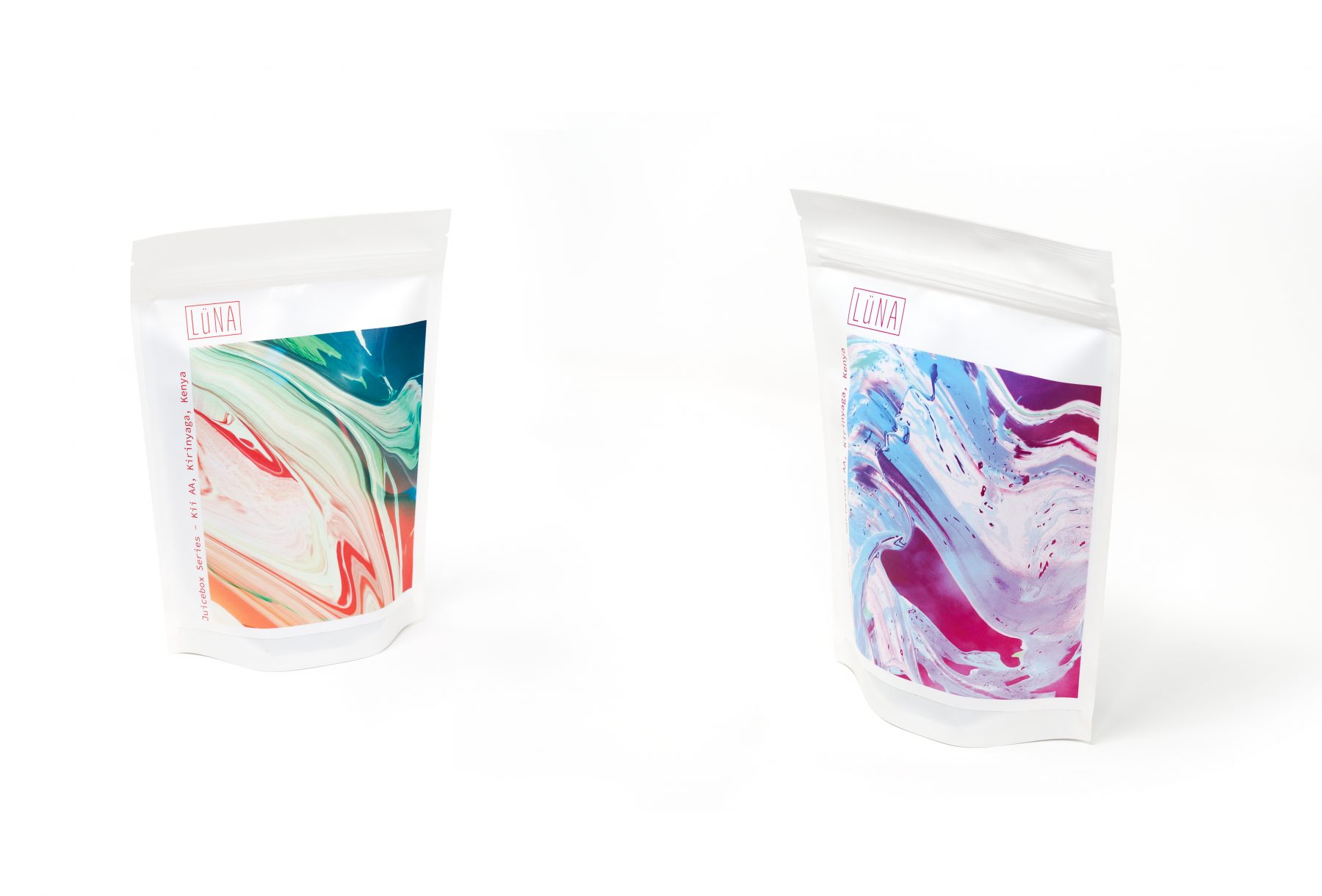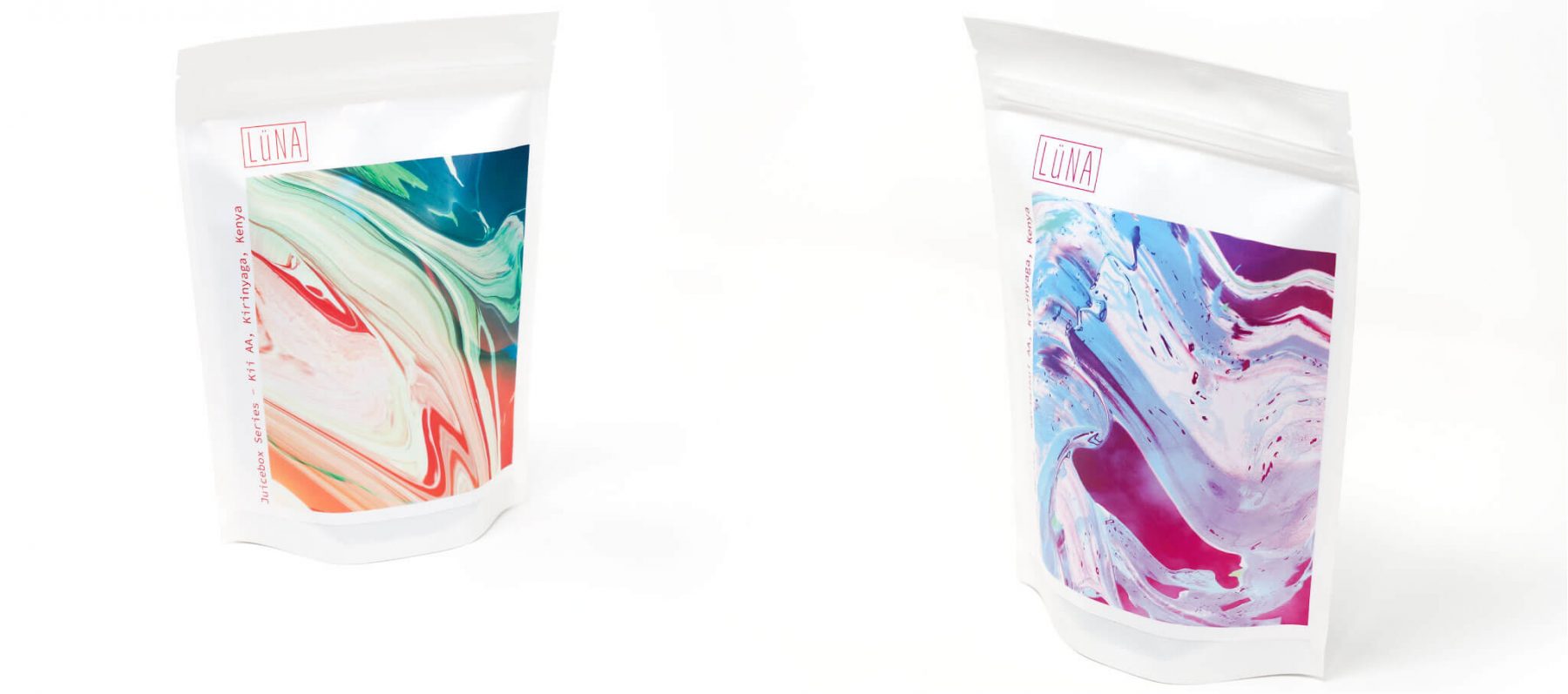Kii and Karimikui usher in Juicebox Series 2020
If you pressed anyone who’s been working in (or just enjoying) coffee to tell you what their favourite origin is – Kenya almost always comes up. It’s not arbitrary – These coffees grow mainly above 1500 meters, in the volcanic soils of either side of mount Kenya and are among the juiciest, most vibrant coffees on the planet. Filled with phosphoric brightness (think cola), zippy mango and blackberry – especially in lots that have a high amount of SL-28 (a specific selection of Bourbon) – That signature blackberry flavour is often right up front.
For these two coffees, however, we get to contrast two unique representations of what’s coming out of Kirinyaga county this most recent harvest (Nov-Dec).
The Rungeto Co-op operates 3 factories (wet mills) which include Kii, Kiangoi and Karimikui (two of which are in the July box). There are around 4500 farmers that are part of this co-op and they are well regarded to consistently turn out incredibly delicious coffees.
Both these lots from Kii and Karimikui are grown in the Kirinyaga region in central Kenya, where peak harvest is in mid-December, a touch earlier than neighbouring regions like Nyeri.
There are some differences between these two, despite the growing areas being so close together – We’re thinking that could be attributed to the breakdown of each variety for each lot (how much SL-28, SL-34, Batian, etc.)
Karimikui is crisp with brambly fruits, while Kii is satisfyingly sweet and herbal with a mango and melon thing going on. Both have that intense fruit acidity that we’re after.
There is indeed a whole lot going on with both of these coffees and we’ve had a lot of fun profiling them to shine bright. They’re both super fun and rewarding to brew at home and we feel lucky to deliver them to ya!
In the southern foothills of Mount Kenya, with red volcanic soil, the areas surrounding both the Kii, and Karimikui factories are excellent for producing really special coffee. Growers here typically cultivate approximately 250 coffee trees on half-acre plots. They then deliver ripe fruit to one of 3 factories managed by an umbrella farmers’ cooperative society (FCS) called the Rungeto Farmers’ Cooperative Society. Smaller in size than other FCS, Rungeto has focused on quality processing and meticulous attention to detail, earning a reputation for delightful coffee and expert processing in Kenya. Only the ripest cherries are delivered, and additional hand sorting and floating is done to remove less dense and damaged beans before the coffee is depulped, fermented and washed.
After the coffee is washed, it’s soaked in fresh water for long periods of time – This process has a lot to do with vibrancy and resulting flavours that are undeniably from Kenya.
The coffee is dried over a period of two weeks on raised beds, which are carefully constructed to ensure proper air circulation and temperature control for optimal drying. When the coffee is milled for export, the green beans are sorted by screen size and graded according to size and shape. Larger beans (1 7 /18 screen) are labeled AA, 15/16 screen are labeled AB, and the round peaberry are labeled PB. For the lots in your box this month, they are both AA.

One thing you may have noticed about the variety compilation for both of these coffees is its not exactly a short list. Batian, the new kid on the block, was first cultivated in 2010-11 is tall with pretty huge beans and is a composite variety, with SL28, SL34, Rume Sudan, N39, K7, SL4 and Timar Hybrid – This one’s known to be tasty and higher yeilding.
Ruiru11 was created out of panic around a coffee berry disease epidemic in 1968 that led to the loss of half of Kenya’s production that year. The following decade was the focus of an intensive breeding program to cultivate something disease tolerant, which led to the stocky compact Ruiru 11, which is an Fl hybrid. Since this one relies on hand pollination, it’s not easy to meet the demand for seedstock.
SL34 is a selection from Scott Laboratories originally from the late 1930’s, more precisely, from a single tree on the Loresho Estate in Kabete, Kenya. Up until a few years ago, it was widely believed in the coffee industry that this was a selection of bourbon. With genetic testing, however, it shares it’s lineage with the Typica genetic group.
If we had to wager a bet, SL-28 may make up a large percent of Karimikui and possibly Kii as well.
One particularly neat thing about SL28 is its ability to be left alone for many years and still be ok – it can be left for years or even decades at a time, and then return to successful production. There are SL28 trees in many parts of Kenya that are 60-80 years old and still productive – This is one cultivar that is as resilient as it is delicious. If you want to learn more about this variety and many others, worldcoffeeresearch.org is a really nice resource. We’ve been part of their checkoff program to help contribute to research for specialty coffee as it relates to climate change and other factors.
